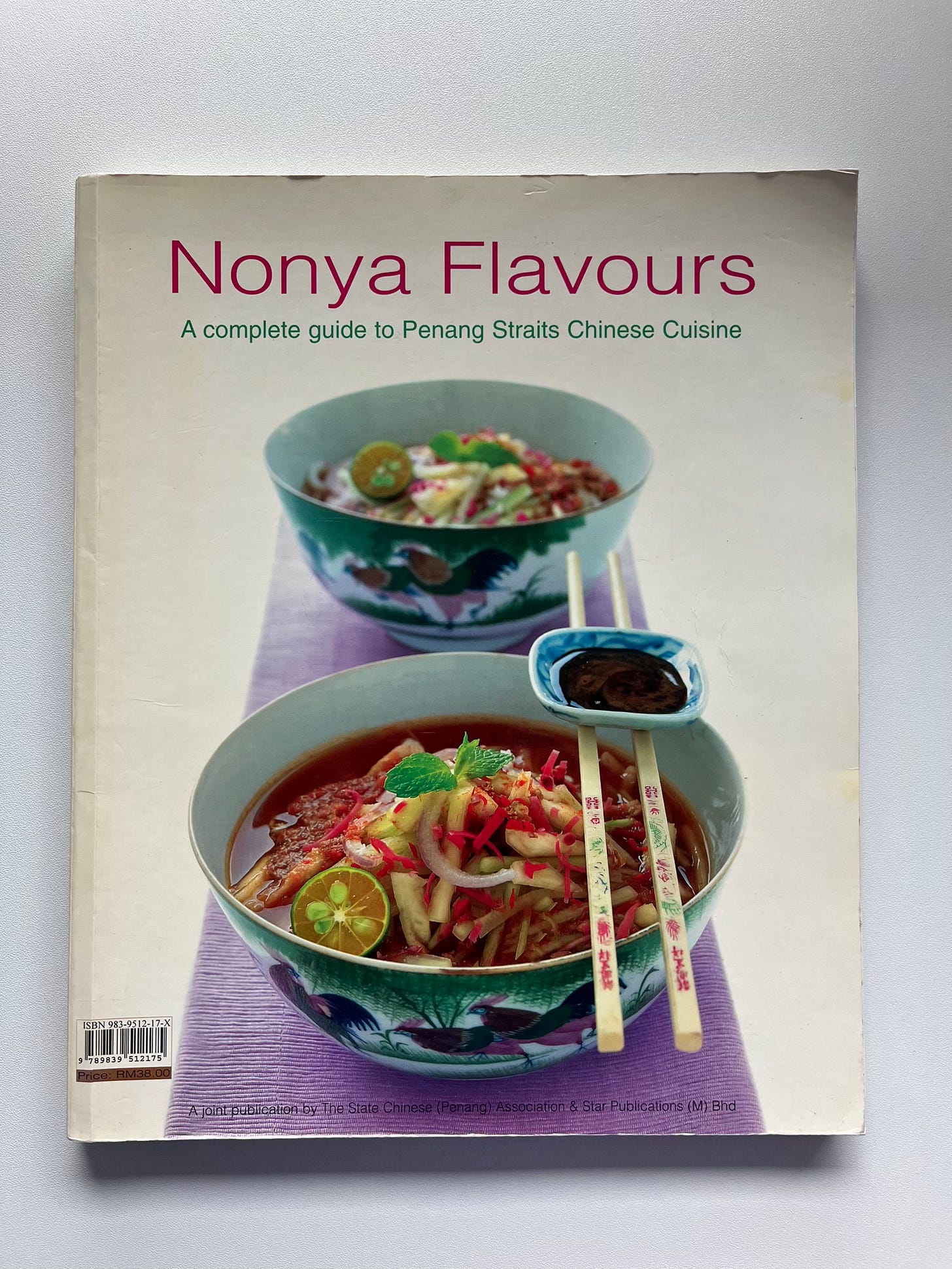Cookbooks in Translation
A compilation of great non-English cookbooks, by Guan Chua, Christie Dietz, Anissa Helou, Ibrahim Hirsi, Saba Imtiaz, TW Lim, Lutivini Majanja, Meher Mirza, Marie Mitchell & Rachel Roddy.
The Anglophone cookbook industry is vast. Every year, no matter how much has been published before, it churns out dozens, if not hundreds, of cookbooks that attempt to translate the cuisine of somewhere else – a country, a region, a culture – to a new place, usually the UK or the US. Some of these cookbooks are genuinely excellent; others well-meaning but flawed; too many are weighed down by the burden of representation, offering generalisations and half-explanations for the lay reader. As Meher Mirza writes, ‘there’s little I dislike more than a pan-Indian cookbook – which are usually in English – its jaded tropes and the same, tired recipes straitjacketed into a narrative that stifles all nuance and complexity – “vibrant street food”, “verdant tea plantations”, “largely vegetarian country” et al.’
You might feel so bombarded by cookbooks that think you’ve seen it all, but outside of this industry, there is another world full of odd, singular and brilliant cookbooks not written for English readers: everything from expensive, state-led projects and old, illustrated tomes to janky, home-published compendiums and even digitised oral histories. Despite the many attempts to do so, most of these cookbooks have not been meaningfully improved upon – if there was a Fitzcarraldo Editions for cookbooks, they would have a field day. So, for this compilation, we asked recipe writers, authors and experts to recommend a cookbook – either untranslated or not published outside of its country of origin. The cookbook world is even vaster than we think – we hope this compilation highlights cookbooks that deserve to be better known and brings them to a new audience.
Pakistan
Khush Zaiqa, by Begum Bilquis Jehan Naseeruddin Khan (in Urdu)
Several years ago, while browsing through never-returned library books and stacks of Leninist literature in a secondhand book market in Karachi, I came across a spiral-bound book I’d never heard of before. I did not pay nearly enough money for it, because in fact Khush Zaiqa is an invaluable piece of Pakistani culinary history. It won an award at the Leipzig book fair, according to Elite Publishing, who first issued it in 1970 – but predictably, as often happens in Pakistan, it appears to have been forgotten. It is also the most beautiful cookbook I’ve ever seen, thanks to intricate illustrations by Otto Rauf Pederson and Aftab Zafar: fishes with elaborate gills and scales, fowl and peacocks, kebabs on a skewer with flames, mihrabs and mosque domes, a woman’s face with a tower of fruits, vegetables and a fish atop her head. It’s almost surreal that a cookbook published in Pakistan more than 50 years ago featured colour photography and food styling, and was produced with the care of an art book.
The book consists of an expansive list of recipes, from basics such as chapatis to complex dishes drawn from Bilquis Jehan’s roots in the former princely state of Hyderabad, such as shikampur kebab – minced meat kebabs that, in this recipe, include almonds, grated coconut, pistachios and poppy seeds. There is a recipe for aik degchi main char qism ki biryani, with prawns, mutton or lamb, potatoes and eggs, and for gil-e-firdous, or green pumpkin pudding. I’ve still yet to see it in any other bookstore, though it was reprinted once in English as Mughal Cuisine by a Malaysian publisher in 1982. It’s hard to think of something as good from the western world in English. Saba Imtiaz
Malaysia
Nonya Flavours: A Complete Guide to Penang Straits Chinese Cuisine, by Julie Wong & Debbie Teoh (Photography by Bonnie Yap)
Nonya recipe books rarely make it outside of Malaysia. They’re often viewed by western publishers as overly complicated to reproduce for other markets, full of recipes with notoriously long (and imprecise) ingredient lists. An added challenge is the ‘agak agak’ cooking style of the old guard – a term that means ‘to guesstimate’. However, veterans of the cuisine (such as my own Penangite godmother) are not guessing at all. Decades of experience mean they know exactly how many chillies they need in a spice paste just by looking at their variety and size. They know how much belachan to add just by smell and colour. While most of us season and taste our dish gradually as we go, my godmother's first taste of a dish is often the only one she needs to take – it is somehow already perfect. How does one codify this art and wisdom?
Nonya Flavours, widely regarded as the definitive cookbook of northern Malaysian Nonya cuisine, manages to do just this. It was first published in 2003 (with multiple reprints since) and was a joint publication by Penang’s State Chinese Association and The Star (Malaysia’s leading English-language newspaper). It brought together contributions from an all-star line up of Nonya chefs (including Debbie Teoh and Lee Su-Pei – two of Nonya cuisine’s most revered figures), the Association’s home cook members, as well as the editorial prowess of Julie Wong, one of Malaysia’s leading food journalists and an editor at The Star. The success of Nonya Flavours is a result of this truly collaborative approach – an intersection of both hall-of-fame and home-cook contributors, plus editorial expertise and meticulous recipe-testing work. The book is comprehensive yet concise, showcasing in detail how to reproduce everything from classics such as curry kapitan and kerabu salads to rarely seen dishes including perut ikan (pickled fish stomach and wild betel leaf curry) and stuffed intestines, without dumbing down one of the world’s most complex cuisines. In a publishing world that has increasingly favoured convenience and ‘made simple’ over substance and detail, this is the standard-bearer that Nonya cuisine needs and deserves. Guan Chua
Somalia
The Academy of Science and Arts’ Recordings




